This tart features swirls of stabalized pastry cream piped to finish the top. This recipe is the one we used at the bakery. This is only one way to use this basic building block of pastry.

By stabalizing the pastry cream it can be piped with great effect adding to the appearance of the finished pastry.
Can Pastry Cream be Frozen
All pastry cream is not created equal. Some pastry creams will not survive freezing, this one will. Some pastry creams have a starchy, off putting taste, this one doesn't. Some pastry creams are soft to the point they won't hold a ridge when piping, this one will. Some pastry creams will not hold up at room temperature, this one will. As intrigued as I was, I wanted to come up with a pastry cream that did everything I said this one will do.
When I first became interested in baking and pastry seriously, I was intrigued with pastry cream, also called creme patissiere in French. The "Food Lover's Companion" gives the definition of creme patisserie as "a thick, flour-based egg custard used for tarts cakes and to fill cream puffs, eclairs and napoleons." Bo Friberg, the noted Pastry Chef/Instructor describes pastry cream in his book, The Professional Pastry Chef as: "Making pastry cream is one of the basic techniques that anyone involved with cooking (pastry shop or otherwise) should master, because pastry cream has so many applications. In an emergency, it can be thinned and used as a sauce; it is a base for soufflé, it is filling and flavoring for cakes; and it can be used as a toping for Danish or other pastries. In the pastry kitchen, there should always be a supply of pastry cream in the refrigerator."
Basic Ingredients
The basic ingredients of pastry cream include whole eggs and/or egg yolks or egg yolks only, sugar half and half or milk, cornstarch or flour and a flavoring agent. I have seen some recipes include butter, although not one of the original ingredients, it does add richness.
Thickening
Flour was the original thickener and the reason I did not like pastry cream at first. It had a pasty aftertaste.
Thickening only with cornstarch can have the same problem, but there are other problems with cornstarch, the biggest of which is it breaks down after freezing, loosing its original thickening power.
Because we froze the majority of our products at my bakery, cornstarch was not used. But all flour was also out because of the aftertaste problem. So I came up with a modified version which used flour and gelatin to set the pastry cream. The gelatin served two purposes. It held the pastry cream at room temperature (a big plus when plating ahead of time as caterers and hotels did) and it did not break down when frozen. So my recipe includes some flour and gelatin in proportions that make a smooth, rich pastry cream without a rubbery texture that either one alone can produce.
The Choice of Cooking Pots is Important
It is important to make pastry cream in any pot other than aluminum or cast iron which can discolor the final result producing a grayish pastry cream that is not very appealing.
Making Larger Batches
Because we made pastry cream in large batches we couldn't do it over direct heat as the bottom would burn before the pastry cream was thickened. So we would put it over a double boiler until it reached 190 degrees on a thermometer. At that point we moved it to direct heat as the mixture has to boil for several minutes to completely cook the flour and thicken it. Even in small batches this is a safer way to do it as milk scorches and burns easily. If this happens, pitch it because the burned flavor will permeate the entire batch. It is important to stir constantly to avoid lumps.
Because the egg yolks are initially whisked only with the flour, it is important to temper the egg yolks by adding the hot milk very slowly at first. After the first third has been added, it can be poured in more quickly, whisking constantly.
Storing
After the pastry cream is made it should be covered directly which means placing plastic wrap on the top of the pastry cream. Cool to room temperature and then chill it or freeze it. If frozen, thaw in the refrigerator to use.
In the above photo, you can see how well the pastry cream holds it shape and adds to the final flourish of the tart.
I consider this recipe a base recipe which means it is used in many other recipes. Although the measurements may change, it is always made this way.
Flavors of Pastry Cream
Pastry Cream can be flavored many different ways including white, milk or dark chocolate, coffee, with liqueurs, citrus zest or any extracts, although vanilla remains the most common.
We added one more item to make it irresistible. My mother always added whipped cream to the pastry cream and it transports it to another realm. It lightens what can be a rather heavy filling and adds a creaminess impossible without it which is why this is a rather firm pastry cream.
For the recipe, including variations of the basic technique, go to Pastry Cream Technique.


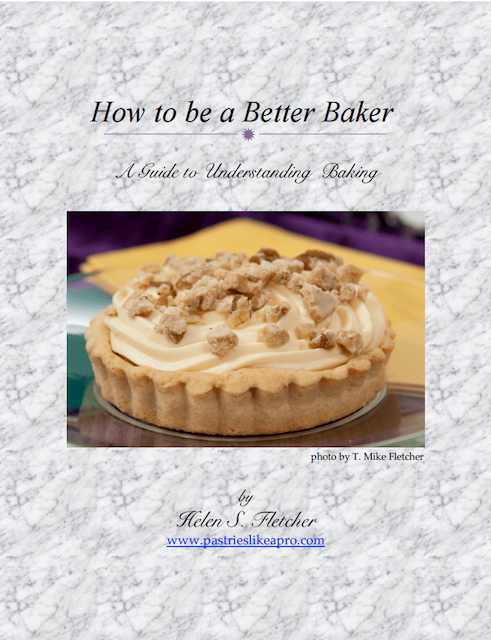

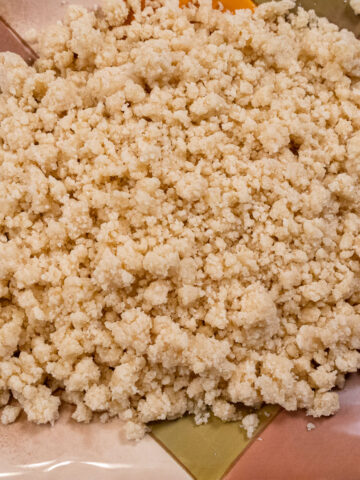
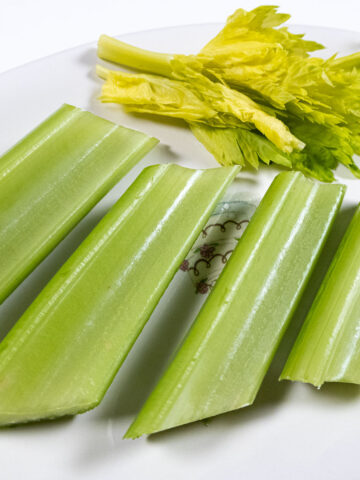
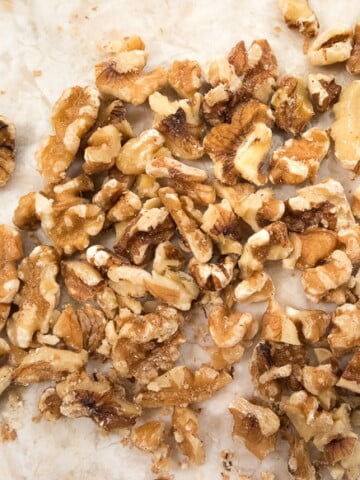
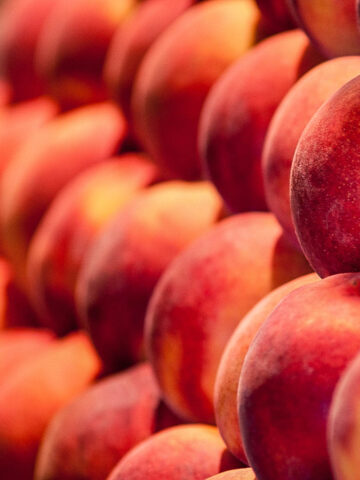
Marlene Goodnuff says
My puff pastry filling has powdered sugar instant pudding butter and cool whip can I freeze it
Helen S Fletcher says
Marlene, I have no idea.
Cheryl says
Could this pastry cream be made in the microwave?
Helen S Fletcher says
HI Cheryl, I can't say, I've never tried it. If you try it, let me know what happens.
Barb says
Helen, I need to know if I measure the sugar before putting in the food processor, and if I should measure the cake flour before sifting in the Angel Food Recipe. I just made the cake and it didn't rise like I thought it should of. I love your recipes and I love Angel Food Cake. Please help me with this. Thanks, Barb The comments were closed on the Angel Food.
hfletcher says
Hi Barb: I'm sorry you are having a problem. The sugar should be measured prior to processing it. The cake flour should be sifted into a measuring cup until it overflows, then the excess should be swept off with the back of a knife or anything that is straight. If you didn't measure the flour this way you would definitely had too much flour making for a much denser cake. I hate to sound like a stuck record but that is exactly why I recommend scales. There is no way to over or under measure with a scale. 100 grams is a 100 grams no matter how you measure. I never sift, I just weigh the amount needed. As long as your egg whites are beaten correctly, this should solve the problem.
Barb says
Helen, I thank you very much for taking the time to answer. That is what I did. Now for another try. Again, THANKS ! !
Alicia says
Great post! I'm making eclairs with my kids this week and I'm going to try your pastry cream recipe instead of my usual.
hfletcher says
Thanks Alicia. When I wrote my first book, The New Pastry Cook, I made so many cream puffs to perfect the recipe, my two boys, who had loved cream puffs, begged me to move on to another chapter. We still laugh about it - and they still eat cream puffs.
Erin T. says
I'm eager to try this recipe. I think cream puffs may be in order. If I want to use leaf gelatin instead of powdered, how much would I have to use?
hfletcher says
Hi Erin: There are different strengths of leaf gelatin. Do you know which one you have. My powdered gelatin is 250 bloom. Here is a chart of leaf gelatins that might help. I have never used leaf gelatin (I think being a professional, I am not supposed to admit that!) so I hope this helps. Bronze – 125 to 155, Silver 130, Gold 190 to 220, Platinum 235 to 265. As you can see, even the colors have a wide range. Try using 1 1/2 sheets of whatever you have and see if that works. Let me know how it comes out so I can pass it on. Also, let me know which color you have if you know it. Thanks. Helen